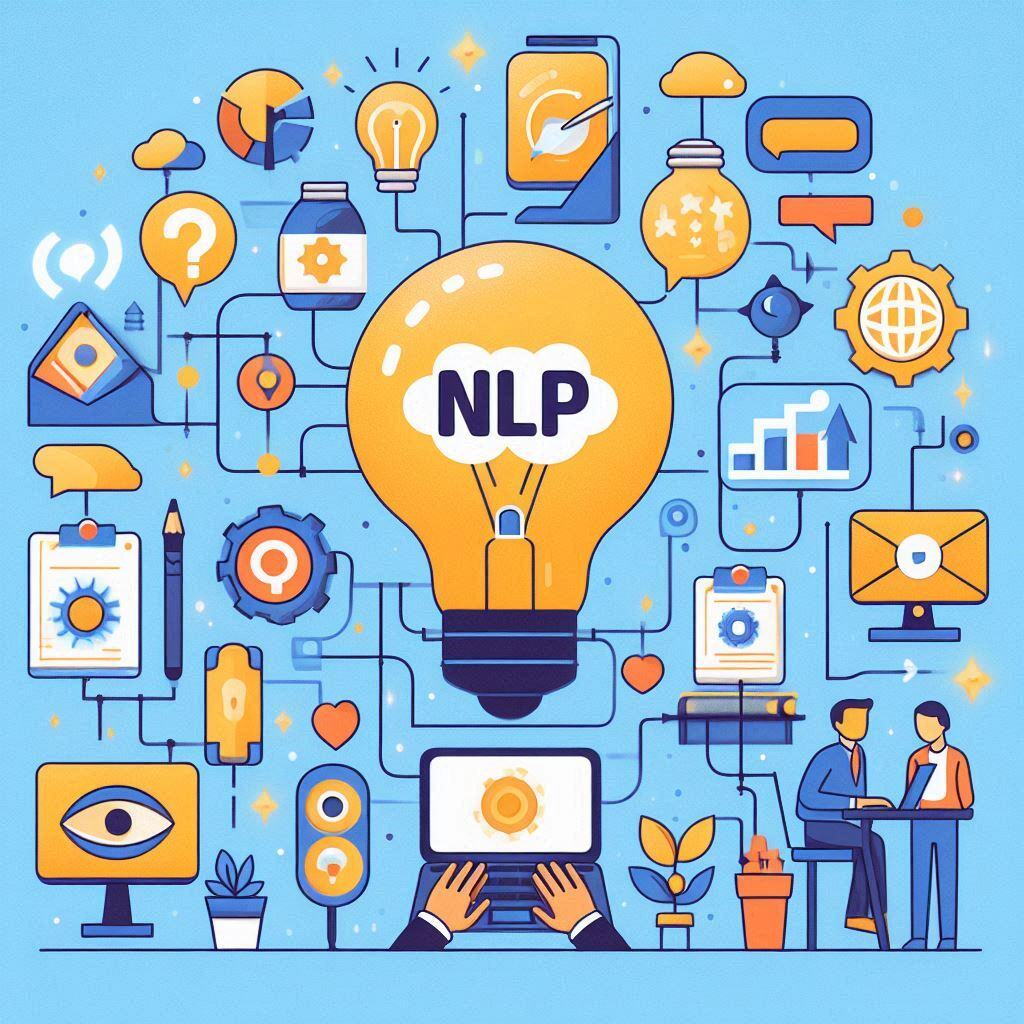Claude 3.5 Sonnet: What is the Newest Claude Model?
If you’re following advancements in artificial intelligence, the name Claude from Anthropic likely rings a bell. The latest model in this series is...
Discover what Artificial Neural Networks (ANNs) are, how they work, and their key applications and benefits in this comprehensive guide.
Artificial Neural Networks (ANN) are at the core of modern AI advancements, powering applications that range from facial recognition to autonomous driving. By mimicking how neurons function in the human brain, ANN models can learn, recognize patterns, and make decisions, which has made them essential for complex computational tasks. In this guide, we will break down what ANNs are, their underlying structure, common types, applications, and key benefits, all in a way that’s clear and practical for both tech-savvy and beginner audiences.
An Artificial Neural Network (ANN) is a computational model inspired by the human brain's network of neurons. ANNs are composed of layers of interconnected "neurons" or nodes. Each neuron processes input data, performs a calculation, and passes the result to the next layer. This process helps ANN-based systems identify intricate patterns within data, making them useful for tasks like image and speech recognition, data classification, and natural language processing.
Artificial Neural Networks typically consist of three main layers:
Understanding ANN components can help you grasp how they work. Here’s a breakdown:
Neuron: A basic unit that processes information, similar to a cell in the human brain.
Weights: Values that adjust as the network learns, controlling the importance of each input.
Bias: Allows the model to shift the activation function, helping with model accuracy.
Activation Function: Determines the output of a neuron by introducing non-linearity into the network, which is crucial for learning complex patterns.
Popular Activation Functions include:
ANNs come in various forms, each tailored to specific tasks. Here are the most common types:
Feedforward Neural Networks (FNN):
Convolutional Neural Networks (CNN):
Recurrent Neural Networks (RNN):
Long Short-Term Memory Networks (LSTM):
Generative Adversarial Networks (GAN):
ANNs learn through a process called training, which involves feeding the network large amounts of labeled data and adjusting the weights and biases based on the errors in the output. This is commonly done using backpropagation and gradient descent.
ANNs have become foundational in many fields, driving a range of applications across various industries. Here are some notable use cases:
Image Recognition and Classification:
Natural Language Processing (NLP):
Speech Recognition:
Autonomous Vehicles:
Financial Forecasting:
Gaming and Entertainment:
The adoption of ANNs brings several advantages, making them indispensable in today’s technology landscape:
High Accuracy in Complex Data Patterns:
Versatility in Applications:
Self-Learning Capabilities:
Parallel Processing Ability:
Data-Driven Decision Making:
While ANNs are powerful, they come with some limitations:
Require Large Amounts of Data:
High Computational Cost:
Opaque Decision-Making Process:
Prone to Overfitting:
Susceptibility to Adversarial Attacks:
The future of ANNs is promising, with ongoing research and development focused on making them more efficient, interpretable, and adaptable. Areas such as Explainable AI (XAI) are emerging to make ANN processes more transparent, addressing one of the biggest challenges in neural network applications. Additionally, advances in quantum computing and neuromorphic engineering are expected to further enhance ANN capabilities.
The continuous growth of data and advancements in computational power are likely to broaden ANN applications in fields like medicine, climate science, and personalized marketing. These innovations could lead to smarter AI systems capable of handling even more complex tasks, pushing the boundaries of artificial intelligence.
Artificial Neural Networks have transformed numerous industries, proving invaluable in tasks that require pattern recognition and decision-making capabilities. By understanding the structure, types, applications, and limitations of ANNs, we gain insight into how they can be harnessed to solve complex problems.
Whether you’re working in healthcare, finance, or tech, mastering ANN basics can open doors to innovative solutions and improve your data-driven strategies. With Integrail’s AI Studio, designing and deploying AI applications that utilize ANN and other advanced models is simplified, enabling you to create powerful, scalable solutions without the complexity of traditional coding.

If you’re following advancements in artificial intelligence, the name Claude from Anthropic likely rings a bell. The latest model in this series is...

Artificial intelligence is becoming smarter every day, but what if your AI could actually remember past conversations and use that knowledge to offer...

Have you ever wondered how your smartphone understands your voice commands, or how your email filters out spam? Or perhaps you've been amazed by...
Start your journey with Integrail

Try AI Studio by Integrail FREE and start building AI applications without coding.

NEW White Paper: Discover how AI Studio accelerates your workflows